
It is always something of a mystery about how much mis-information is circulating around keeping Angora rabbits and showing them. So in an attempt to try to raise awareness and dispel the myths here are a few insights to keeping and showing Angora rabbits in the UK. If you have any questions or queries about keeping or showing Angora rabbits then please do not hesitate to contact the National Angora club either through the contact us form or via our Facebook group for members.

Myth 1 – Keeping them on wire is cruel
They are only put on wire at 8 – 9 weeks if they are going to be shown. It doesn’t hurt their feet as they have long furred feet and are cushioned. This is not permanent, their show life is over by 8 – 9 months maximum, when they are clipped and put on straw. If you regrow the fur to show length again, you will put them on wire for that short time.
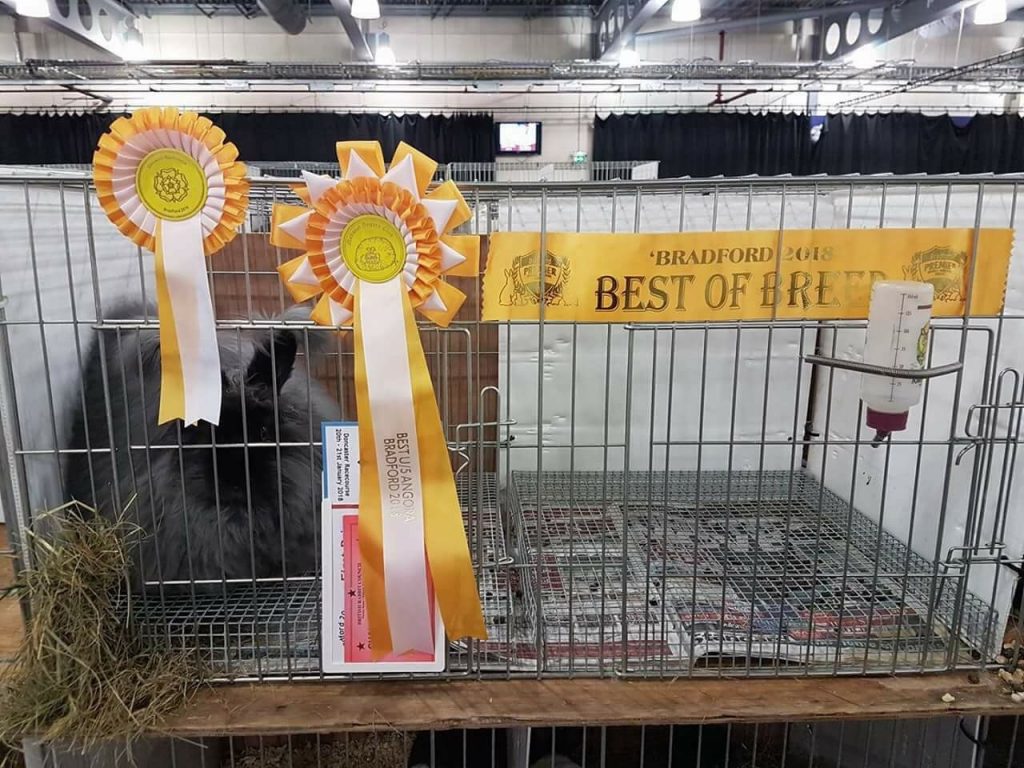
Myth 2 – Show pens are too small
Another observation is that they don’t have room to hop in a show pen. This varies depending on the size of pens provided at the show but for the majority these are large enough to move around in and usually double cages due to the size of Angora rabbits when in full coat. Plus they are only in a show pen for a maximum of six hours, being moved in and out for judging then back to their normal hutch at the end of the day. Most shows are only a single day duration and on arrival Angora rabbits are groomed before heading to the judging table and returned to the pens in between judging.
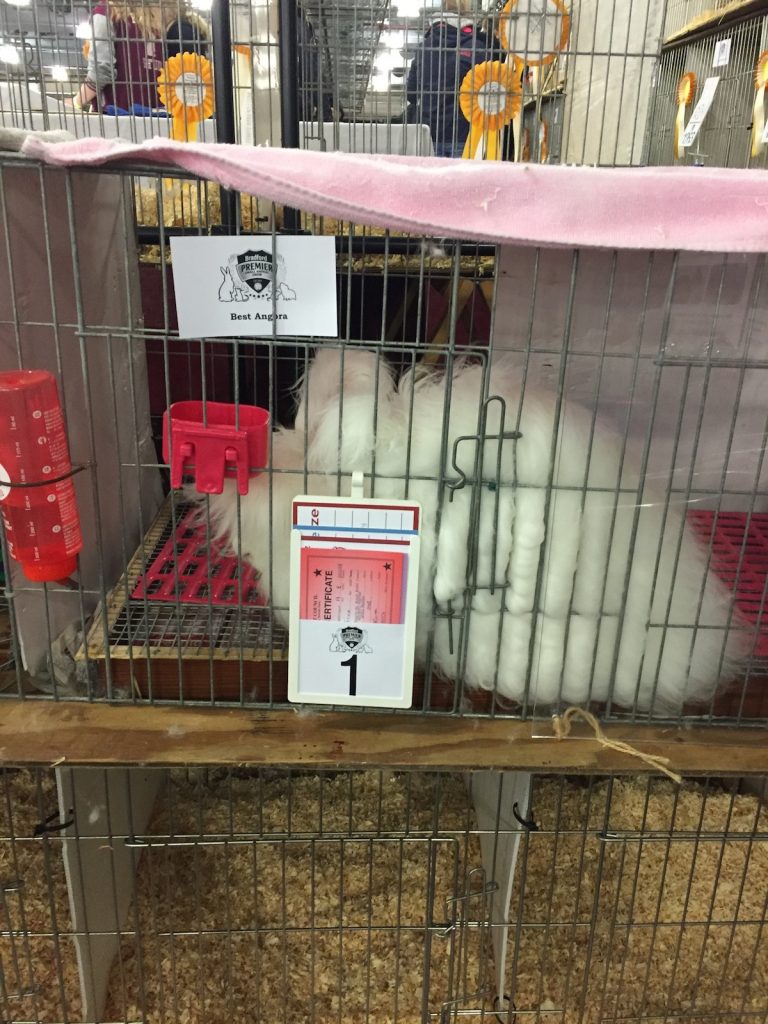
Myth 3 – They don’t get food and water at shows
It is not true that they don’t get fed and watered and access to hay at shows, all our rabbits have food and water bottles and hay tied up onto the cage or cardboard tubes. Some breeders will modify the types of food fed at shows to reduce the mess while they feed if they tend to be messy eaters but they will all still have access to food and water.

Myth 4 – Angora rabbits can’t breed as their wool is too long
I am not sure how this view came about that Angora rabbits can’t breed as their wool is too long, and they can’t feed their babies as again the wool is too long. This is totally untrue, angoras are clipped before mating, they pull out any wool underneath when they make their nests, therefore access to teats is not a problem as the doe is often nearly bald underneath from plucking her own wool to form a nest.
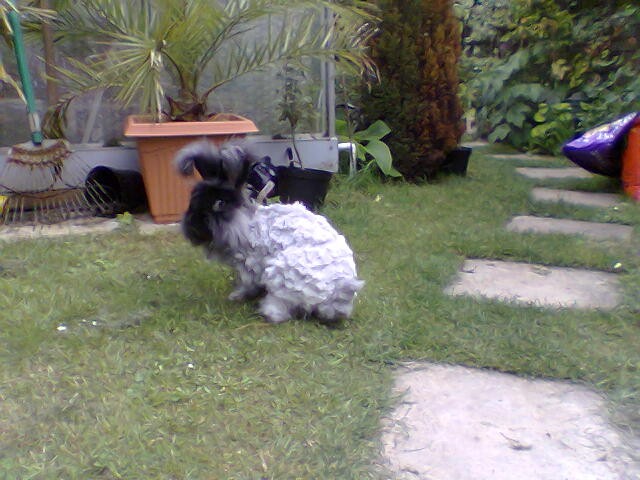
Myth 5 – Angora rabbits cannot get wet
Angoras can get wet, and their wool does not waterlogged;, so this is not true, if you have ever tried to felt angora wool it is an extremely hard thing to do as their wool has oils which naturally repel water. Their wool when wet does go flat but they are easily towel dried or dried with a hair dryer should they get wet. I know from experience after drying one of mine off which was running round the garden and explored into the garden pond. If the Angora rabbits are clipped then this is even less of a problem as the shorter wool does not get affected, and it is unlikely you would place a show Angora in full coat outside in the rain as you are trying to protect the coat for show.

Myth 6 – Rabbits want to have a friend
In my experience of keeping Angora rabbits for over 40 years they appear to be content living on their own in individual hutches with their own space. If you do want to have two living together you will need to bond rabbits and this will need to be a neutered buck and doe, and bond slowly. It does not always work, even siblings won’t get on after about 12 weeks. Also Does are very territorial and will fight and bucks although more placid will still exhibit territorial behaviour like spraying more. As long as you interact with your rabbit they will be happy. Give them toys, balls, boxes to climb on, and let them have a run around in a pen or in your garden if it is secure, they will jump and play with flowers pots.

Myth 7 – Rabbits need a large hutch
Rabbits should have a large hutch : in some circumstances e.g when a doe is breeding and has a litter of babies. Also possibly when they are older as Angora rabbits have long coats and need more space but a young baby in a large hutch will be scared, as rabbits will try to protect their space. Therefore it is important to provide the correct size hutch for the size of rabbit and breed of rabbit and also potentially separate areas of the hutch to be enclosed or more protected if a young baby rabbit.
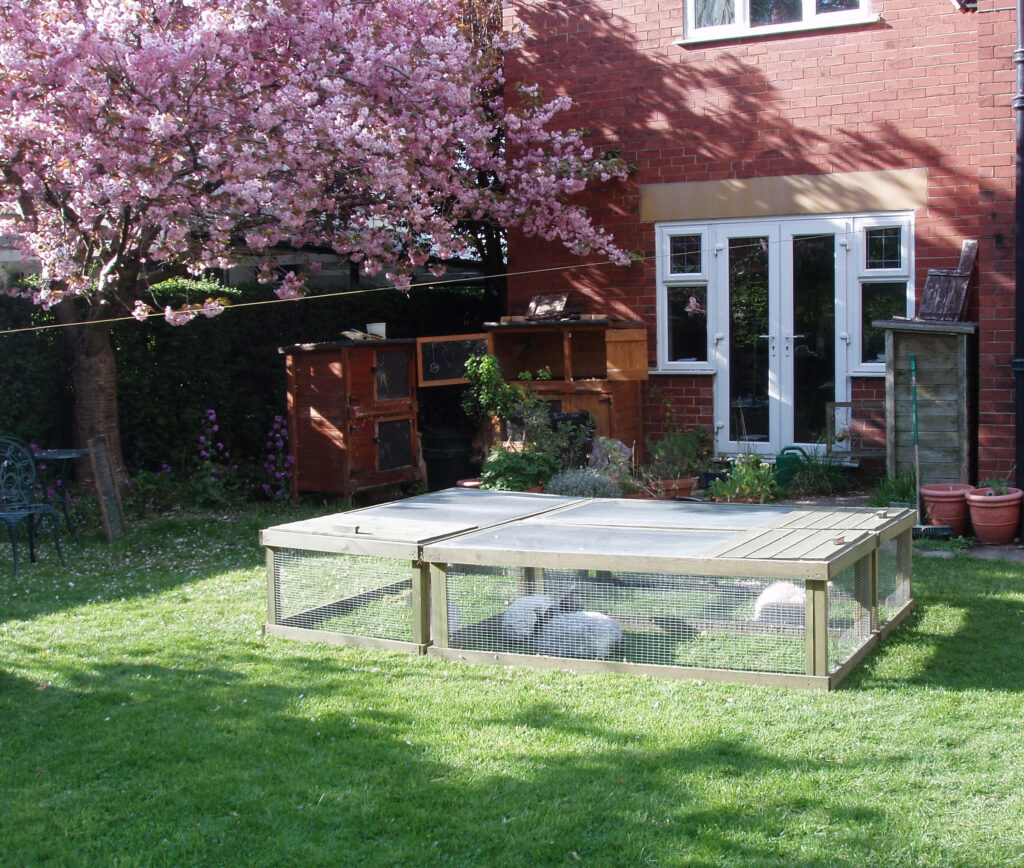
Myth 8 – Rabbits need to have the run of a garden
Not all rabbits are the same in their needs and some prefer to remain in their hutch while others like to be let out for a run in a pen outside or around the garden. Only let your rabbit out for a run in the garden if they are not afraid, do this slowly, put them in a run where they are safe, and if you have a safe secure garden then do it slowly. If you introduce them slowly to a harness they will happily walk with you. Also limit the time they are in the garden or in the run and watch them for the first few times to check they are comfortable being outside. You cannot leave any animal outside in full sun, so always provide shade if the sun is out. If you intend to leave them longer, then ensure you provide food and water for them and a sheltered cover in case the weather changes. If you know they like to dig them ensure that they cannot escape the run or garden as well.
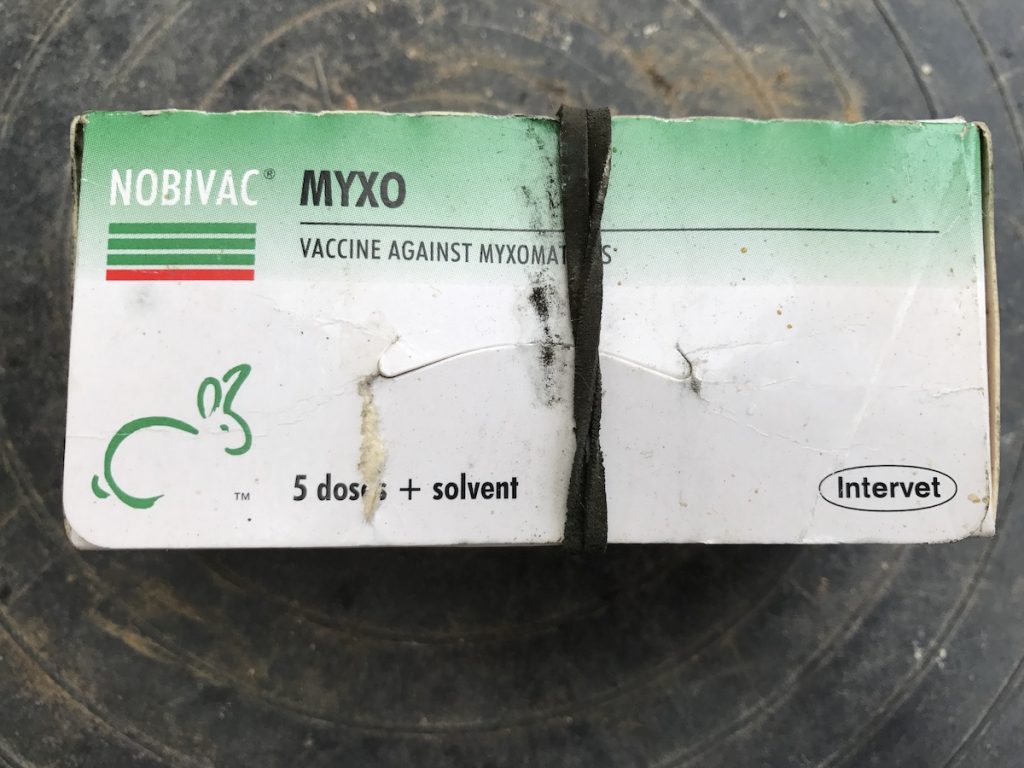
Myth 9 – Rabbits living indoors don’t need vaccinations
Rabbits that live indoors still do need vaccinations, viruses are carried by insects etc and can be carried on shoes and clothing. Therefore it is important regardless of where you keep your rabbit that it is vaccinated with all the required vaccines to ensure if remains healthy and protected from viruses.
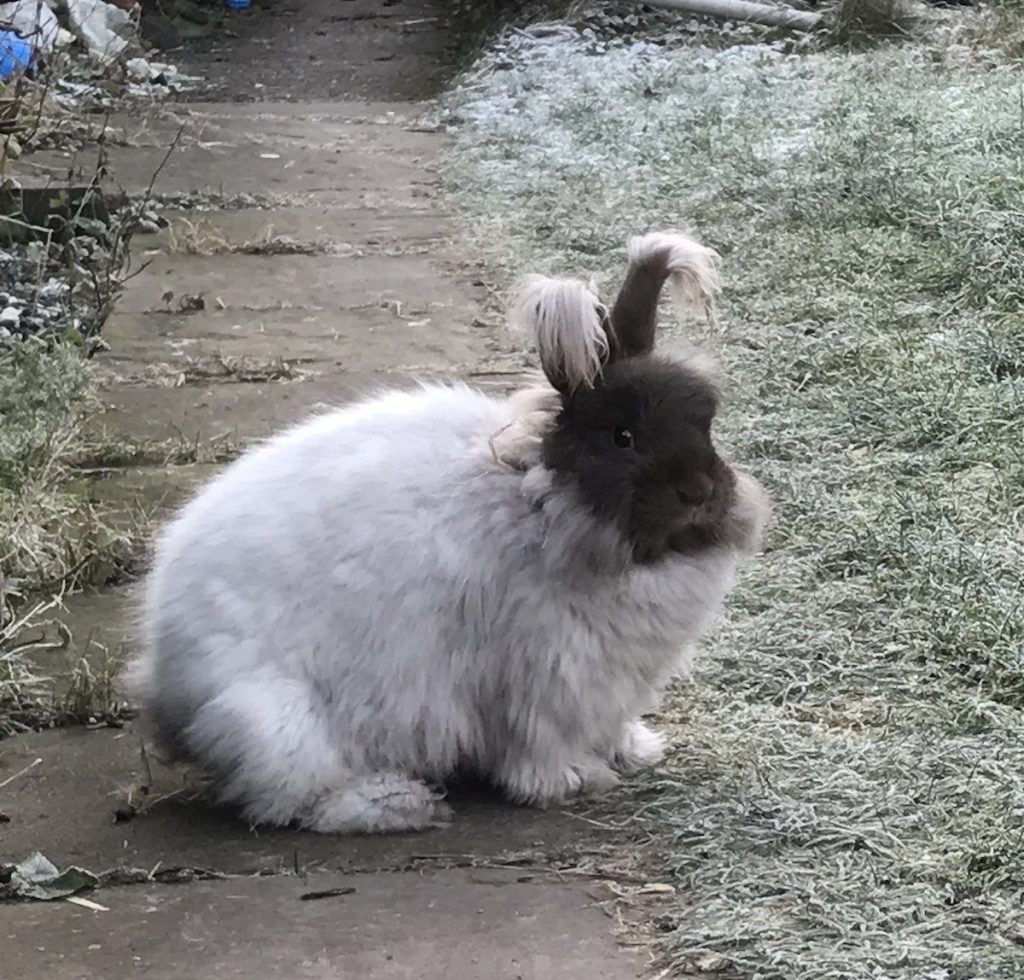
Myth 10 – Rabbits are a short lived
Depending on the type of rabbit will vary their average life span. Rabbits are a long term commitment as they can live as long as 13 years. Therefore it is important to recognise this when taking on a rabbit as a pet, for showing or breeding.

Myth 11- Angora rabbits don’t need clipping
Angoras rabbits do need clipping. They don’t shed their coats, they are like sheep and need to be clipped every three months to prevent the wool from matting and causing skin problems. It is a harmless process and done by hand using scissors or clippers and the byproduct is wool which can be used to make a wide range of wool products.